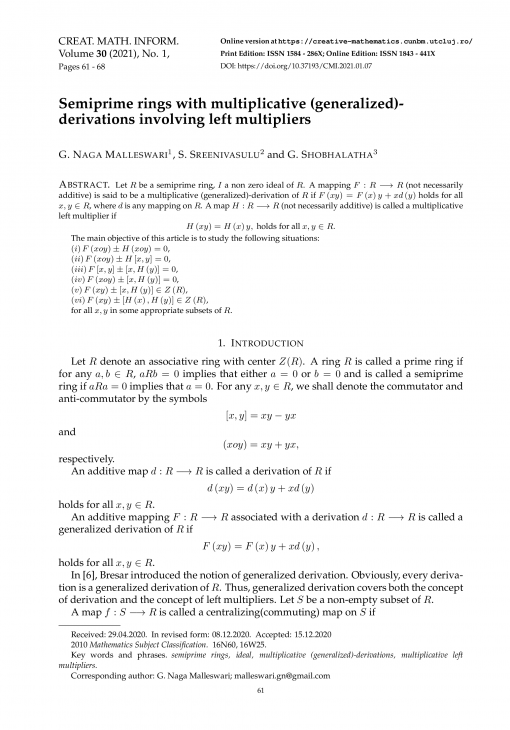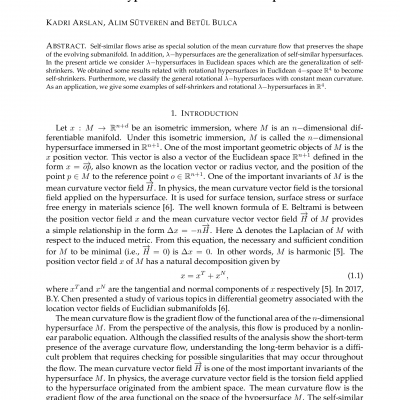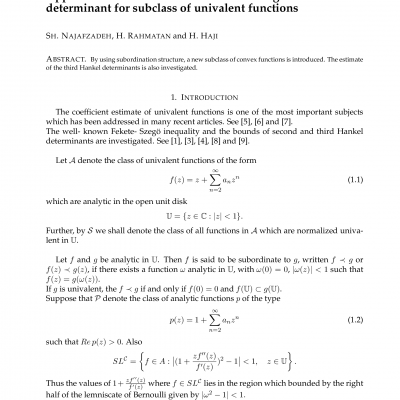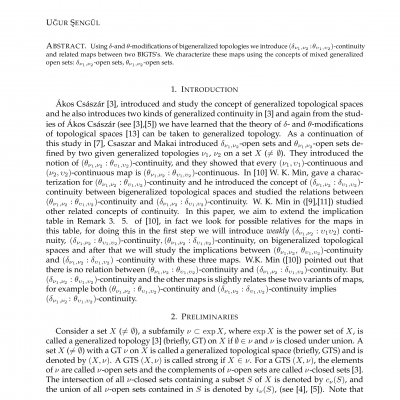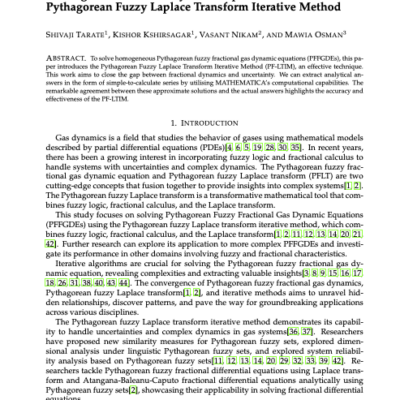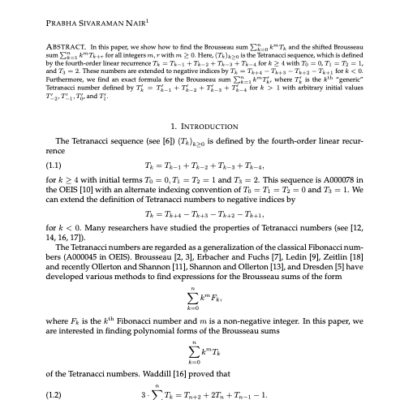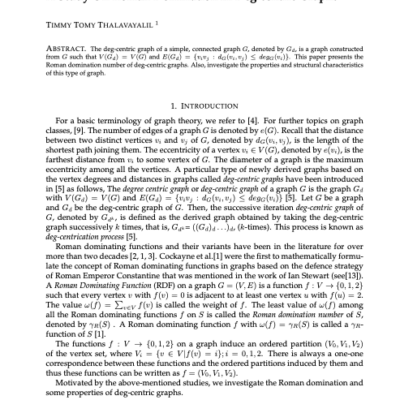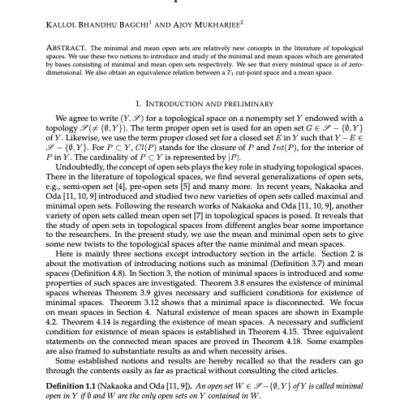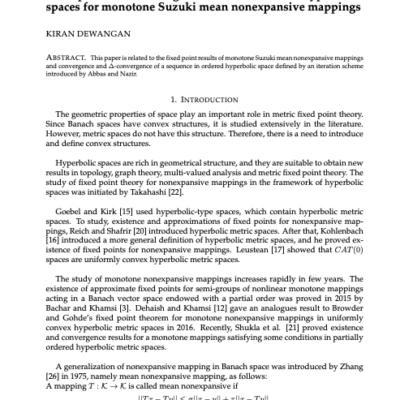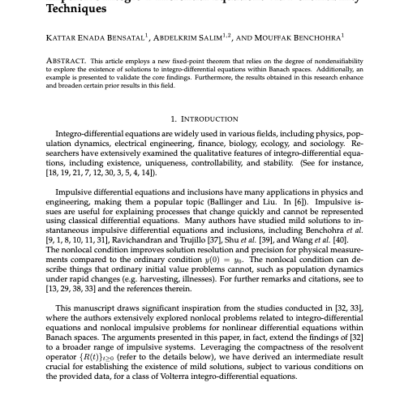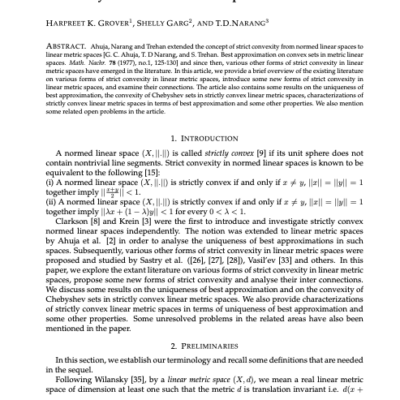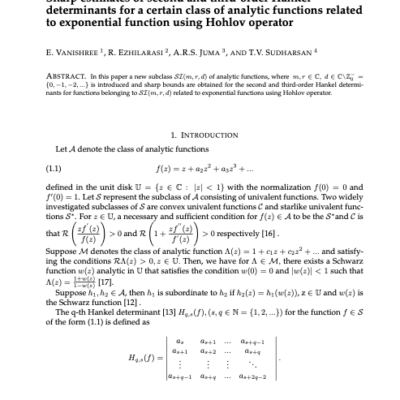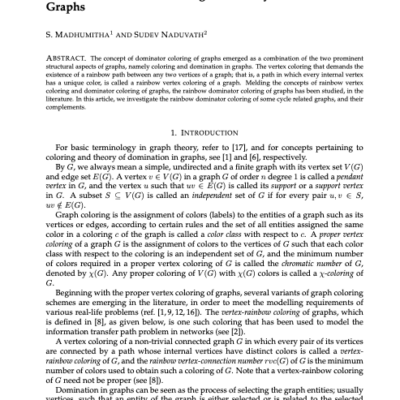Let ![]() be a semiprime ring,
be a semiprime ring, ![]() a non zero ideal of
a non zero ideal of ![]() .
.
A mapping ![]() (not necessarily additive) is said to be a multiplicative (generalized)-derivation of
(not necessarily additive) is said to be a multiplicative (generalized)-derivation of ![]() if
if ![]() holds for all
holds for all ![]() , where
, where ![]() is any mapping on
is any mapping on ![]() . A map
. A map ![]() (not necessarily additive) is called a multiplicative left multiplier if
(not necessarily additive) is called a multiplicative left multiplier if
![]()
The main objective of this article is to study the following situations:
![]() ,
,
![]() ,
,
![]() ,
,
![]() ,
,
![]() ,
,
![]() ,
,
for all ![]() in some appropriate subsets of
in some appropriate subsets of ![]() .
.

